Monthly Music Column: Rosalía Performs At Louis Vuitton
Antonia Fusco
The interplay between fashion and music is a complimentary one. Both being performance art, they can enhance each other's aesthetic value. The aesthetic of a fashion house can be amplified by the kind of music they associate with their brand during the show or the music artists they work alongside. Synonymously, a musical artist's aesthetic can be deepened through fashion, as image is crucial in how they are perceived and can diversify the aesthetic association with their current album.
Rosalía performing. Image by Reto Schmid.
This interplay was hugely prevalent at the Louis Vuitton Men’s Fall-Winter 2023 fashion show at The Louvre on January 19. The show was a kaleidoscopic spectacle of eccentric clothing of Dadaist and Surrealist printed suits, looks spray-painted with graffiti and logo-loaded fits. The main centre of the spectacle was the performer. Rosalía’s latest album Motomami is highly acclaimed and has topped many music journalists' lists of the best albums of 2022. It is renowned for its genre-melting and Avant-pop style. Rosalía lends her revivalist energy to Louis Vuitton amid their revival, as they’re considering a full-time replacement for the late Virgil Abloh.
Speaking to Zane Lowe for Apple Music last year, Rosalía stated the only time she would ever collaborate with a fashion house is if it was a “real collaboration” – for her, meaning a hands-on experience in which the creative vision is shared. She certainly got her fair share in this project, as not only did Rosalía dominate the stage set, but she was able to take creative force by picking songs other than her own to play during the show. These included DJ Gabriel Do Borel, MC Lucy, and MC Rogê’s ‘Sento No Bico Da Glock’, Ahmad H Music’s ‘Basbousa Song’, and Ángel Dior’s ‘A I O’. Louis Vuitton is not just conveying their own influences for the show, such as the theme of childhood displayed through the video vignettes and childhood bedrooms, but Rosalía too can share her influences. This is intentional on Louis Vuitton’s part, as in their notes, they explained the direction of collectivity for this project.
The show has faced criticism for its digitally-intended audience, as it premiered live on TikTok and was quite different from the usual stagnant fashion show, with its jutting camera angles amidst all the other chaos, like Rosalía atop a yellow car. The entire extravaganza screamed eclecticism. The criticisms do hold weight. However, they encapsulate the playful new direction of Louis Vuitton and the Avant-pop virtuoso of Rosalía. Rosalía even tags Motomami as her ‘playful’ album. Critical fashion theorist Ulrich Lehmann explained in Tigersprung: Fashion in Modernity that “far from being a frivolous subject, fashion is the supreme expression of contemporary spirit.” Here fashion is used to express the contemporary spirit of technology, with the childhood theme emphasising the prevalence of technology in childhood for the last twenty years. This works in conjunction with Rosalía, who represents the new contemporary age of pop, mingled with influences of reggaeton, flamenco and the folklore music of Catalan. Both (but especially Rosalía) point to compelling new directions for the avenues of artistic approach.
Adorned upon clothes read slogans like “Blurry Vision of a Bright Future” and “Fantastic Imagination”, emphasising the importance of imagination in a precarious contemporary age. The main aim for artists is to have fun with their art and expand their visionary insight to the utmost.
The show at once is dizzying and thrilling to watch; any fan of either Rosalía or fashion would much appreciate it. Just as Rosalía pretends to break the camera as the show cuts to an end, Louis Vuitton and Rosalía have broken through the glass ceiling to new places where artistry can go in the relationship between fashion and music.
Antonia Fusco is a Culture columnist at The Scoop and an English student at Queen’s University Belfast


